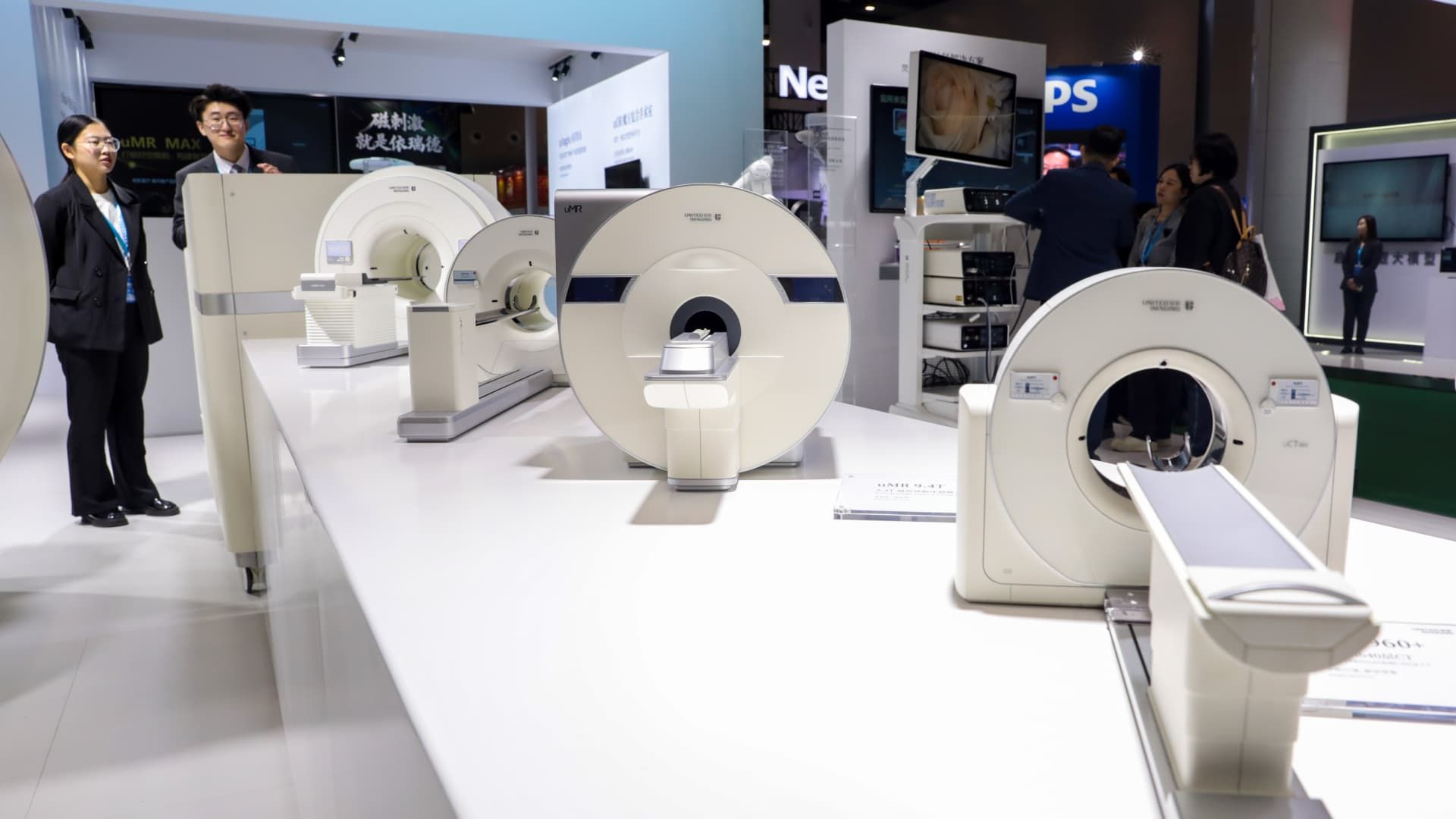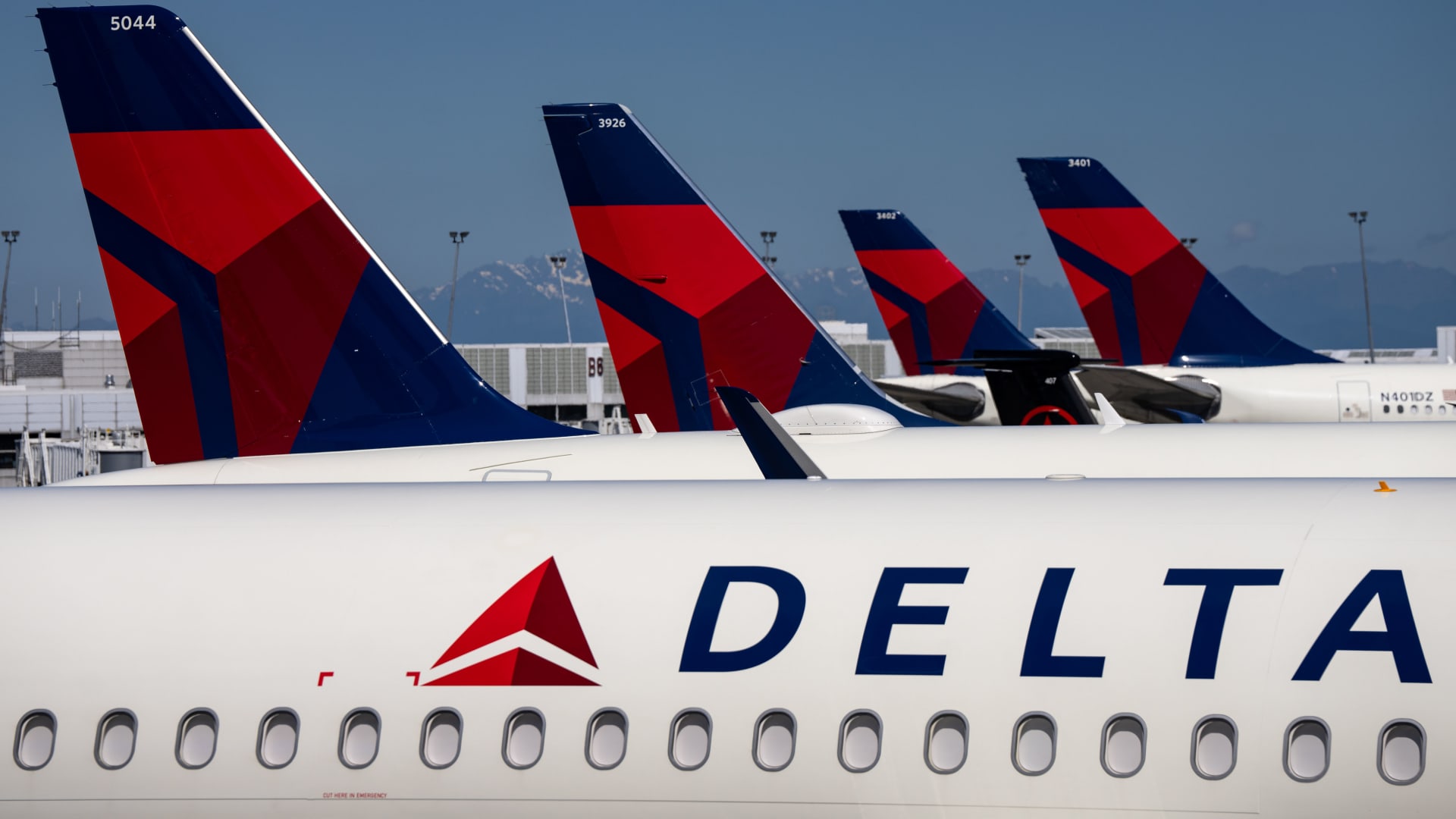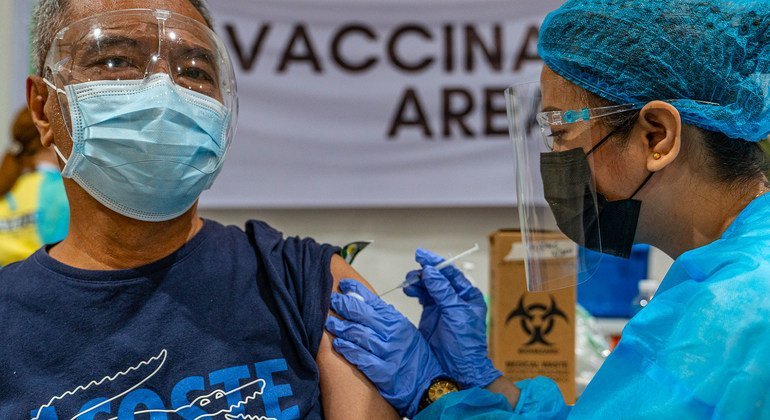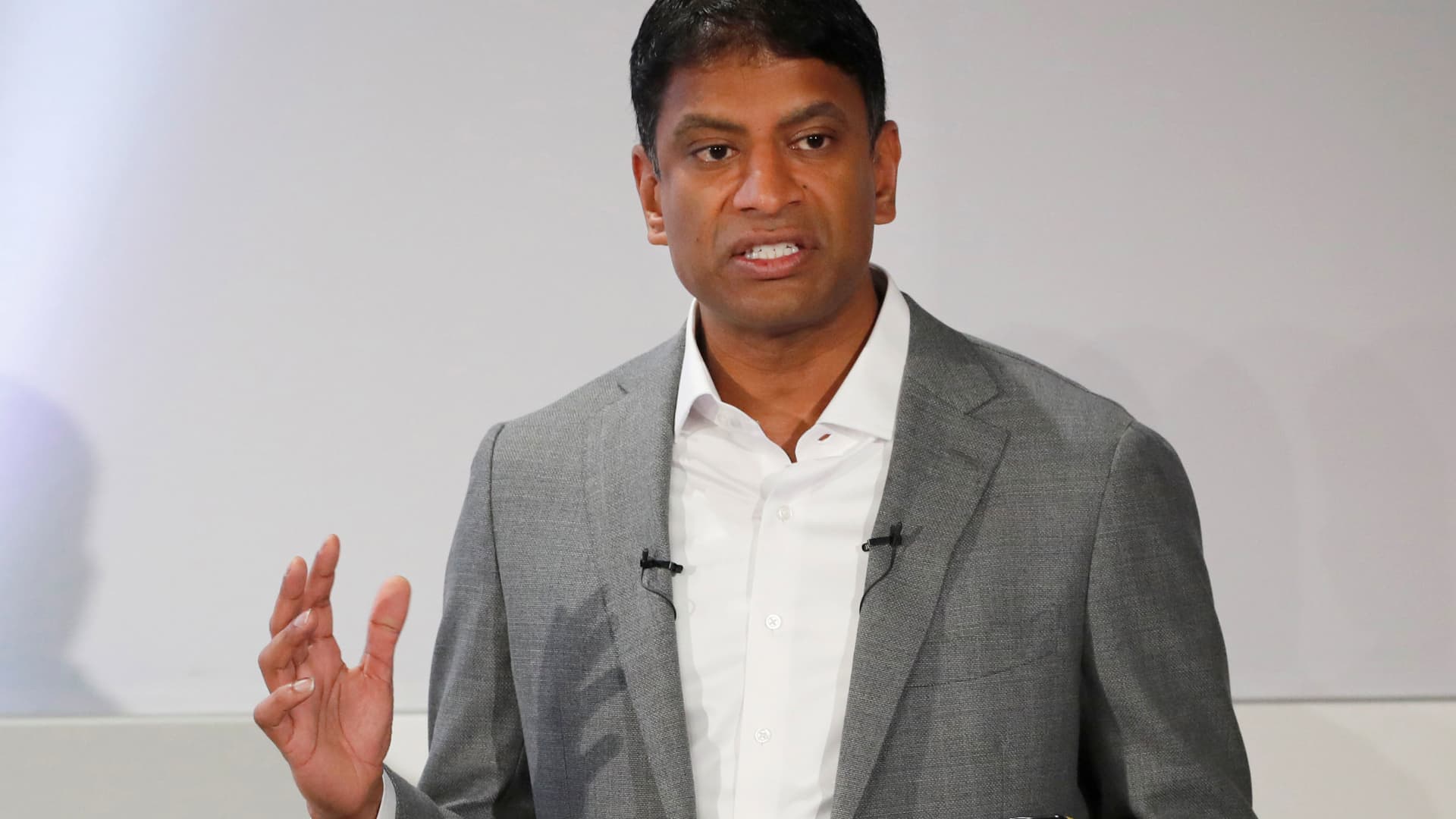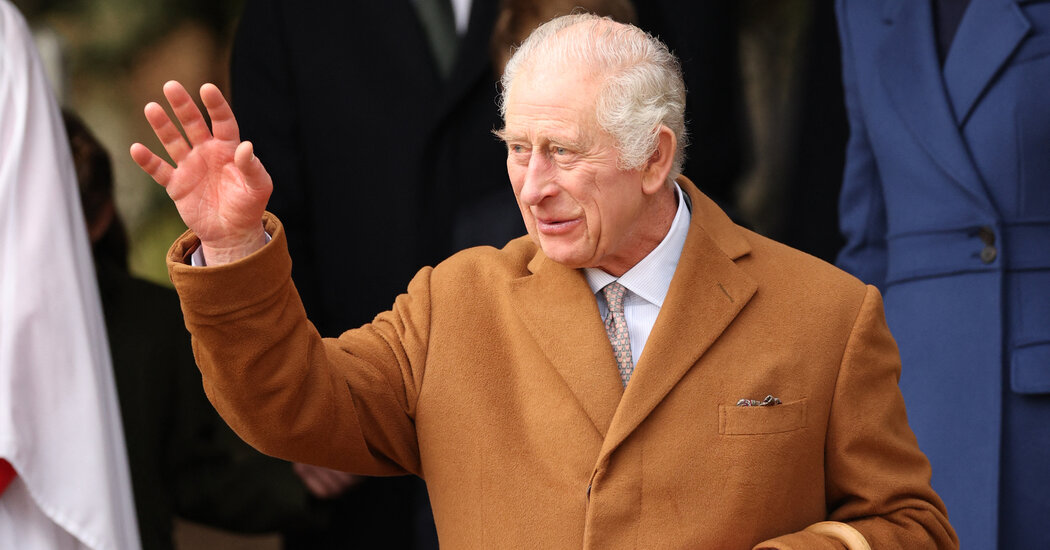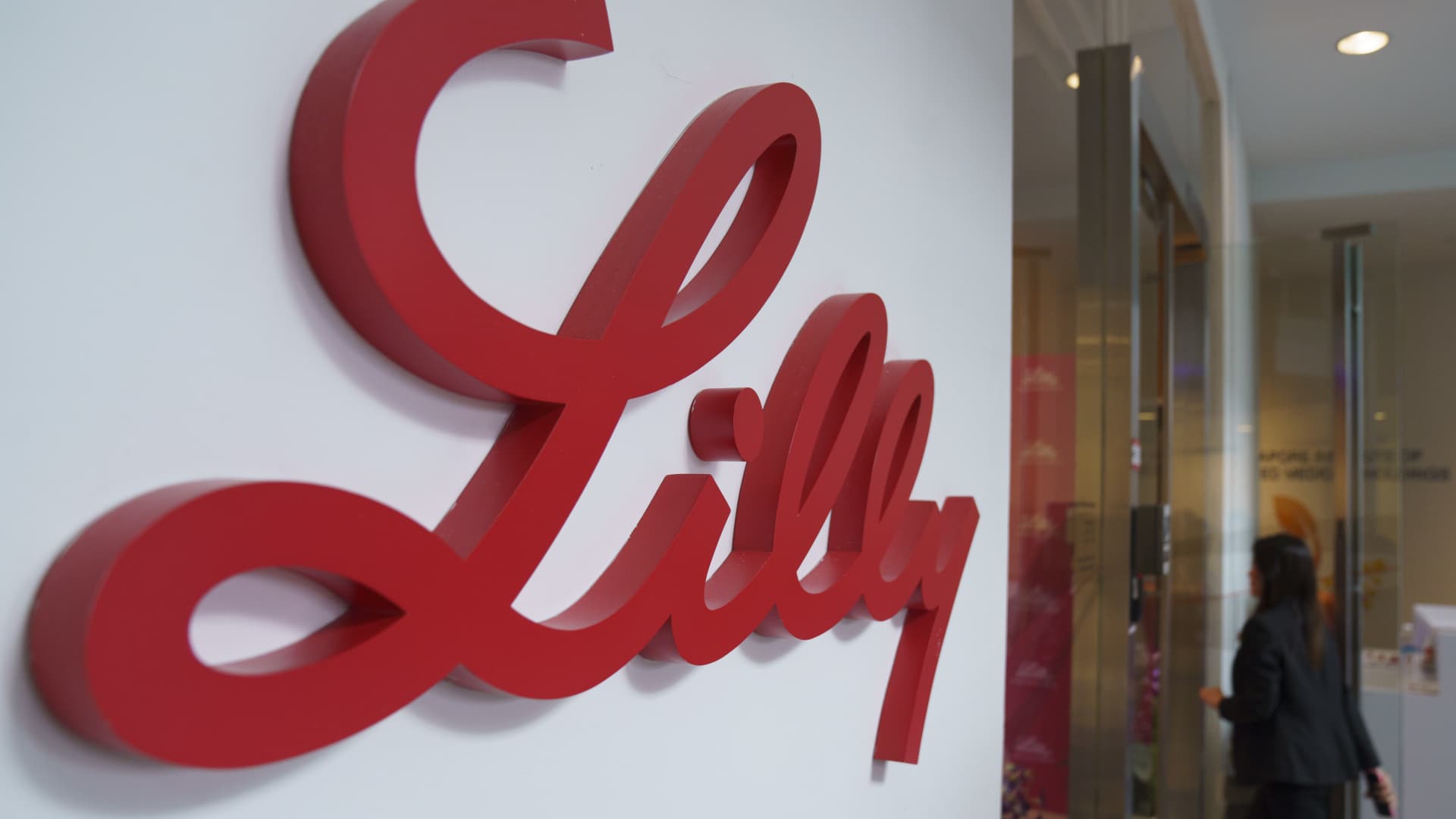President Donald Trump's tariffs are creating a division in the medical community.
The medical devices and the protection team carried out in China, Mexico and Canada were exempt from the duties during the first Trump administration, but so far they have not received a respite from their new round of encumbrances. While device manufacturers that would receive great success of tariffs are pressing for a new size, creators of personal protective equipment, which will benefit from barriers, are not.
Tasks could also increase hospitals costs and, therefore, patients, and reduce access to critical equipment and care.
“The leaders of the Medtech supply chain already report concerns of the supply chain, and we cannot afford to increase the cost of medical care for patients, or in the medical care system,” said Scott Whitaker, CEO of Advoced, the commercial group that represents medical technology and device manufacturers. “The reality is that any cost will be largely supported by health programs financed by taxpayers such as Medicare, Medicaid and VA.”
Hospital commercial groups have also been playing alarm, saying that tariffs could reduce the quality of care.
“The AHA has continued and will continue to share with the administration, the interruptions in the availability of these critical devices, many of which are obtained internationally, have the potential to interrupt patient care,” said Rick Pollack, CEO of the American Hospitals Association. “AHA continues to press for a tariff exemption for medical devices to ensure that hospitals and health systems can continue attending their patients and communities.”
Tariffs add price complexity
Wuhan, China – April 8: United Imaging medical devices are exhibited during the 7th World Health Expo on April 8, 2025 in the province of China of Wuhan, Hubei.
Zhang Chang | China news service | Getty images
Trump imposed in February 25% tariffs in the imports of Canada and Mexico, but then delayed the tariffs of many articles that fall in the American-Mexico-Canada agreement.
There has not been a respite for China's assets. Trump's new taxes on imports in the country during their second term have raised the rate rate up to 145%.
Dozens of other countries face 10% tariffs after Trump delayed the most pronounced proposals.
Squeezed medical equipment seller
Many companies can simply increase their prices to help compensate for the highest tariff costs. That does not apply to a variety of hospitals and other organizations that buy medical equipment.
Many of these groups will have problems transmitting higher costs under current insurance coverage contracts, which they say they have blocked the prices of the year.
“With the level of tariffs we are seeing in China, companies will be completely the other way around in these products … They cannot transmit those costs to the consumer,” said Casey Hite, CEO of Aeroflow Health, a company that provides medical devices covered with insurance that range from mothers for nursing mothers to CPAP machines for patients with sleep.
Hite spent last week by pressing the members of Congress in Capitol Hill for a general tariff exemption, or at least more time to adapt.
“I think we would like to see, more than anything, it is a track or some predictability,” said Hite, adding that “we do this in the next 12 months, the next two years, so that US organizations can prepare.”
PPE manufacturers see the impulse of the rate
At the opposite end of the Division of the Rate, American companies that produce personal protective teams have applauded the latest taxes of the Trump administration in China.
“I do not know if it will help the economy in general, but I know that in our case, successive administrations, both republican and democratic, have recognized that these products do not compete in a leveling playing field,” said Eric Axel, CEO of the American Association of Medical Manufacturers, the commercial group that represents PPE manufacturers.
Boston Consulting Group analysts estimate approximately half of the PPE used in the US. UU. It occurs in China, with approximately 10% -15% in Canada and Mexico.
The last tariffs will be added to the duties imposed on PPE by the administration, the driving fastest, which included 100% levies on syringes and needles imported from China. These articles will now face a total rate of 245%.
Altor Safety, who manufactures masks, respirators and gloves of N95 in the United States, has welcomed the tariffs about China. The PPE manufacturer hires the United States government and companies such as FedexBut he has not been able to earn a lot of market share with health systems because Chinese manufacturers subsidized by Beijing undermined US manufacturers at a price.
The president of Altor, Thomas Allen, said that new rates could help the company win new contracts, adding that as Altor increases the capacity, “we can actually reduce our prices.”
The challenges of manufacturing us
Trump has said that he has greatly imposed tariffs to encourage manufacturing in the United States in the case of PPE, that may not happen.
But in the short term, consulting companies say that multinational producers seek to move the manufacture of China to other countries with lower tariffs instead of bringing it back to the United States.
“Managing that and the complexity there becomes super difficult,” said Vikram Aggarwal, director and managing partner of BCG.
For manufacturers of medical devices and protection equipment based in the United States, a strategy now is to change international production to Mexico and Canada, where exemptions for products made under USMCA can ensure.
Many of the main medical technology manufacturers and devices produce many of their products in the United States, but have multiple points to manufacture internationally. Canaccord Genuity Note analysts Zimmer Biomet and StrykerTwo of the greatest creators of knee replacements have dozens of facilities in North America, Europe and Asia that help them navigate tariffs, but they will still face a financial impact.
J & J sees a tariff impact of $ 400 million
Johnson and Johnson He calculates that his Medtech division, which produces orthopedic and cardiac implants, could face a wind against the rates of $ 400 million this year, due in large part to the magnitude of tariffs in Chinese imports, as well as taxes on imports that do not meet the USMCA of Canada and Mexico.
It was one of the first Medtech companies to inform the results of the first quarter and give an idea of the effects of Tarrifs. Financial director Joseph Wolk told analysts about the company's profit call that existing hospitals contracts make it difficult to increase prices in the short term.
In the long term, the CEO of J & J, Joaquin Duato, said that the disruptive nature of tariffs does not create the appropriate incentive to boost manufacturing in the United States
“If what you want is to develop the manufacturing capacity in the US, both in Medtech and in pharmaceutical products, the most effective response is not tariffs but fiscal policy,” said Duato, noting that the company is already investing $ 55 billion for four years to produce its advanced medications in the United States.
“Fiscal policy is a very effective tool to be able to develop the manufacturing capacity here in the US, both for Medtech and for Pharmaceuticals,” he added.

